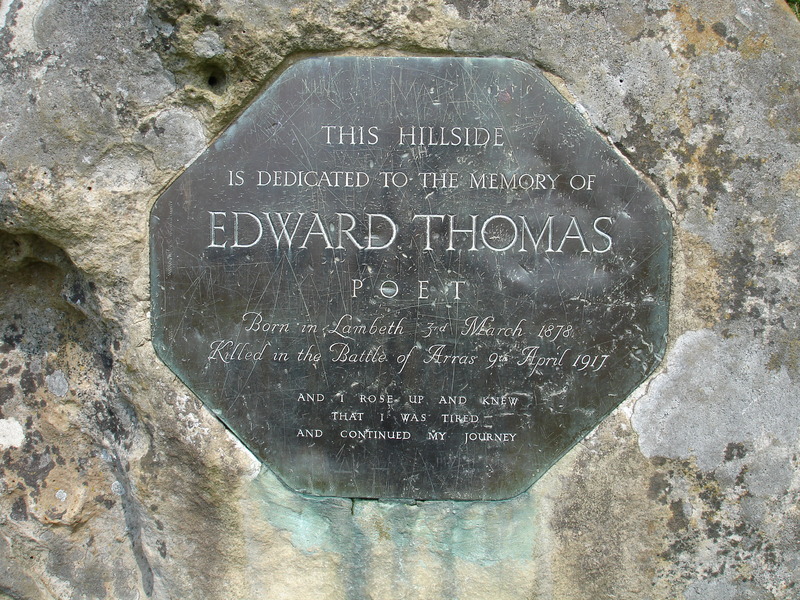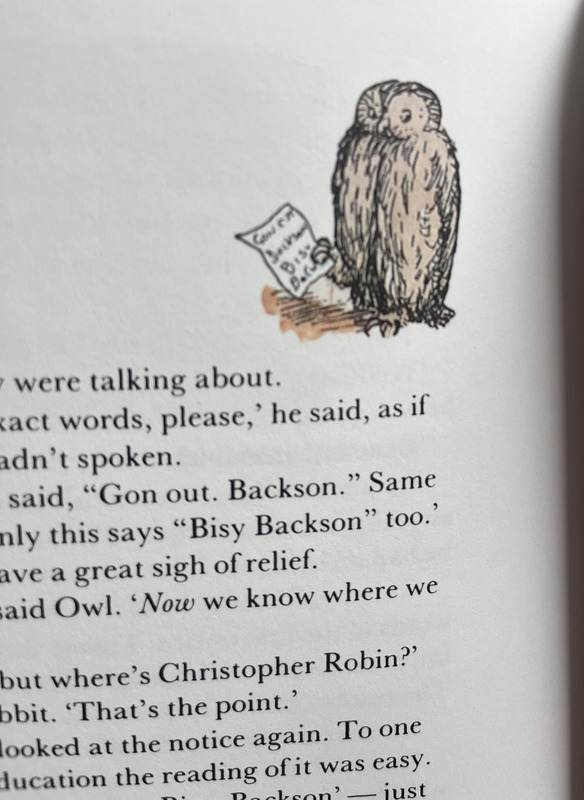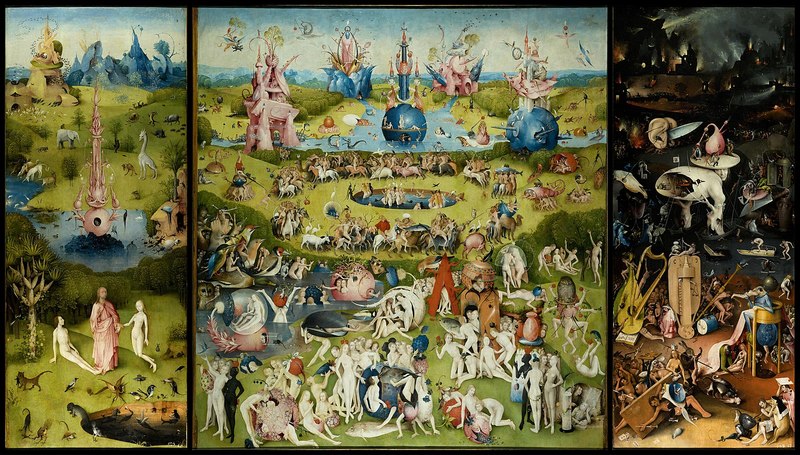The Early Modern & Modern Era
The Modern Era is rife with examples of the owls significance as a piece of iconography, showing that the traits associated with the bird still thrive to this day. Popular pieces of literature such as A. A. Milne’s book Winnie the Pooh, Edward Thomas’ poem The Owl, and the Brothers Grimm fairytale, The Owl, all display the attributes of wisdom, knowledge, and mortality that have long been related to owls. These works demonstrate the persistence of these traits in relation to the owl.



